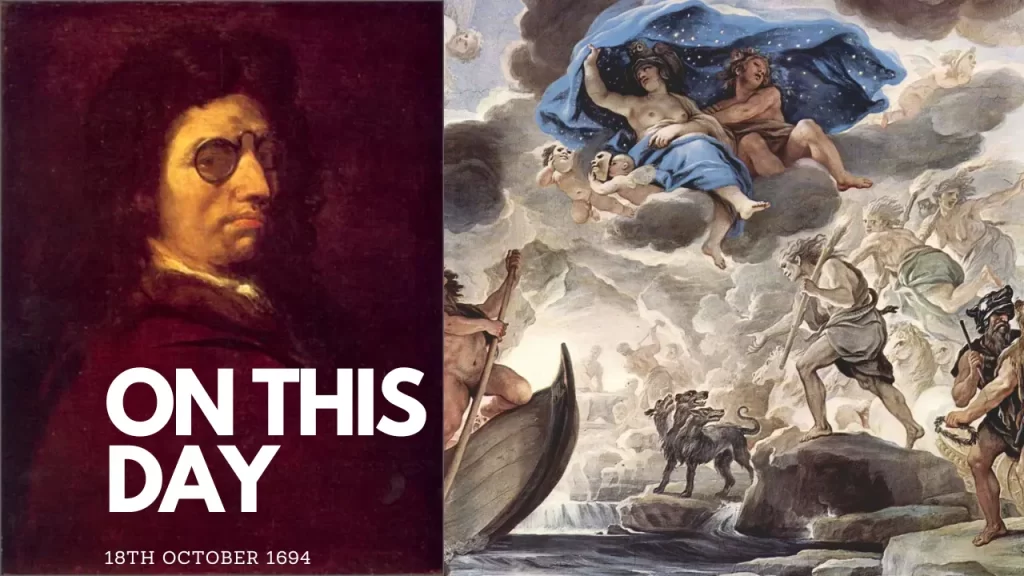Introduction
Born on the 18th October of 1634 in Naples, Luca Giordano is one of Baroque’s most remarkable painters. Giordano is a well-known and highly versatile artist who has been in the collection of some important figures in Europe for years due to his technical precision, and speed. He combined the Baroque love of drama and colour with an appreciation for Neoclassicism shape in a way that triumphed during much of his artistic career.
Early Life and Training
Luca Giordano was born into an artistic family. His father, Antonio Giordano (also known as Nardo Vincitore), took an interest in his education and helped him to be trained by the great painter José de Ribera. Giordano’s first style was far less directly formed by emerging Baroque trends: his primacy is as a Neapolitan, trained in the tradition of Ribera influences evident at every turn, and there are few artists ever became more clearly exposed to Spanish Tenebrist style.

Development of Style
Later in his career, Giordano dropped Ribera’s tenebrist style and adopted the more kinetic qualities of Baroque painting. His visits to Venice and Rome further acquainted him with the art of old masters, in particular Titian, Peter Paul Rubens and Pietro da Cortona. This exposure gave him a style which combined the theatricality of Roman baroque with overtones such as those of the coloristic tradition.

Giordano was Luca Fa Presto, or “Luca works quickly,” because his gift lay in the capacity to assimilate and blend artistic influences in a diversified repertoire. This speed did not detract from his talents though, rather it showcased the brilliant talent that is Solvent.
Major Works and Commissions
Career Giordano was active in many of the great European courts over his long career. The most famous is a series of frescos in the Palazzo Medici-Riccardi, Florence and El Escorial, Spain. For the Escorial, he painted a fresco cycle concerning the life of the Catholic Monarchs which was to be one of his masterpieces and also many fasto paintings.

In addition to his large-scale frescoes, Giordano was a gifted easel painter. His religious works, such as The Flight into Egypt and The Crucifixion, exude a deep spirituality and emotional intensity, while his mythological scenes, like The Fall of the Rebel Angels, showcase his dynamic compositions and vibrant colour palette.

Influence and Legacy
He became so influential, even after his death that he demonstrated a command of various ways/methods and styles/genres that later artists would strive to follow. His work was in high demand for collectors sand patrons all over Europe and formed a significant style that later became known as the Neapolitan school of painting late Baroque period. Not only is Giordano’s contribution such a vast oeuvre but also his role in exporting the Baroque beyond Italy. His work in Spain, for example, was highly influential as it spread Baroque styling into Spanish art and certain aspects were retained by later artists such as Francisco de Goya.
Conclusion
The era of Baroque art Luca Giordano gave very valuable knowledge. A master of singing in an era filled with those who could sing, his technical chops to harmonise the realms creamed along above novas as each anticipated entirely level for it was a cool and driving divinity from outer spacium. And on this date, of his birth, it is only proper that we remember him and recognise the lasting impact he has had on European art.





